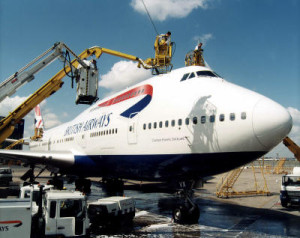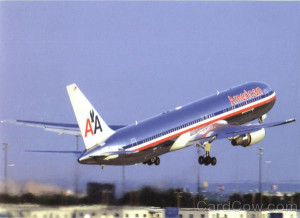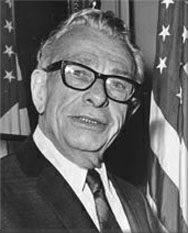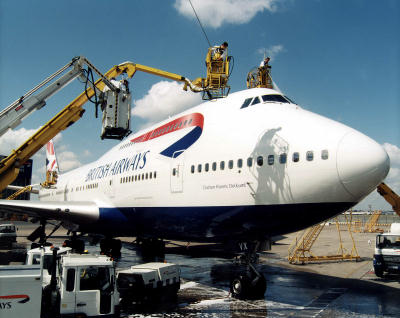A Penny Here and a Dollar There = Millions Saved
The price of crude oil has come down dramatically in the past several weeks, but no one I know expects it to stay there. If we, as individual Americans, have any idea what’s good for us as a nation, we had better start to do some serious conservation.
The airlines are already doing that. For instance, reducing cruising speeds by 20 miles per hour will only add 8-10 minutes to a four hour flight, but will save serious money on jet fuel.
 They’re washing their planes more often, because the accumulation of grit and grime can impede the flow of air over the exterior shell, requiring just a bit more push from the engines to move the plane through the air.
They’re washing their planes more often, because the accumulation of grit and grime can impede the flow of air over the exterior shell, requiring just a bit more push from the engines to move the plane through the air.
They’re carrying less water for the lavatories, and swapping old seating for newer, lighter models … anything to reduce weight, which means less fuel used.
 American Airlines has a significant weight advantage over most of their competitors: a minimum amount of paint is used on their planes … and the paint needed to cover a jet’s entire fuselage is heavy! I learned that from the head of South Pacific Island Airways, a former client, who followed American’s example and claimed it saved him thousands of dollars every month.
American Airlines has a significant weight advantage over most of their competitors: a minimum amount of paint is used on their planes … and the paint needed to cover a jet’s entire fuselage is heavy! I learned that from the head of South Pacific Island Airways, a former client, who followed American’s example and claimed it saved him thousands of dollars every month.
It takes about 7,000 gallons of jet fuel to fill up a twin-engine Boeing 737. If an airline can increase fuel efficiency for one plane on one flight, imagine the cost savings when projected over several flights every day for a whole fleet. American operates 1,000 aircraft, United has 590 planes, and Delta has about 450. Then there’s Northwest and Continental and Jet Blue and US Airways and Southwest and Hawaiian and Alaska and all the regionals and all the commuters and … well, you get the idea.
 As Senator Everett Dirkson (R-Illinois) said back in the 60s, “A billion here, a billion there, and sooner or later it adds up to real money.”
As Senator Everett Dirkson (R-Illinois) said back in the 60s, “A billion here, a billion there, and sooner or later it adds up to real money.”



Fuel conservation had “command emphasis” back in my airlift days. There was a pamphlet that they must have printed a million copies of titled, “Birds Fly Free, MAC Doesn’t” – “MAC” being the Air Force’s Military Airlift Command.